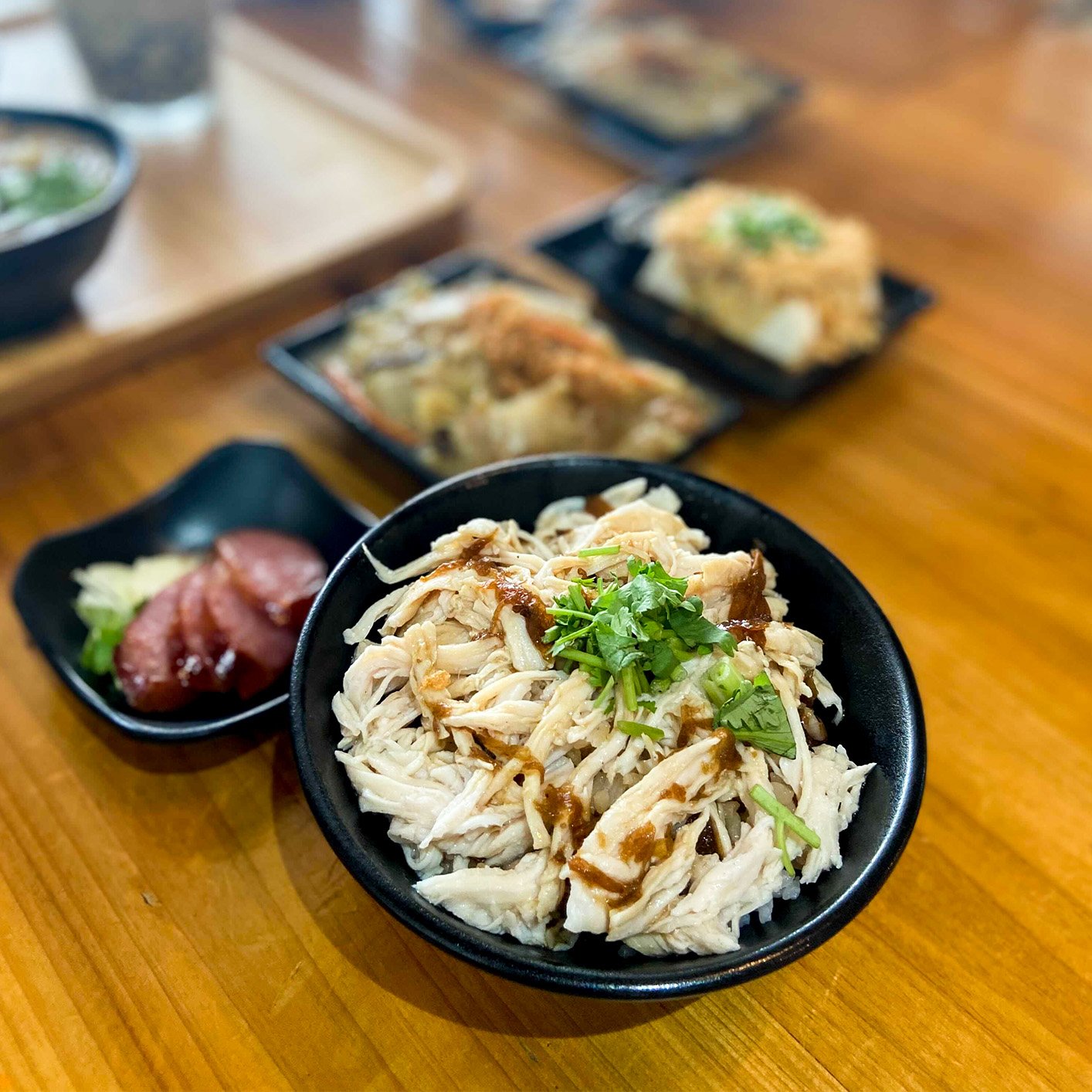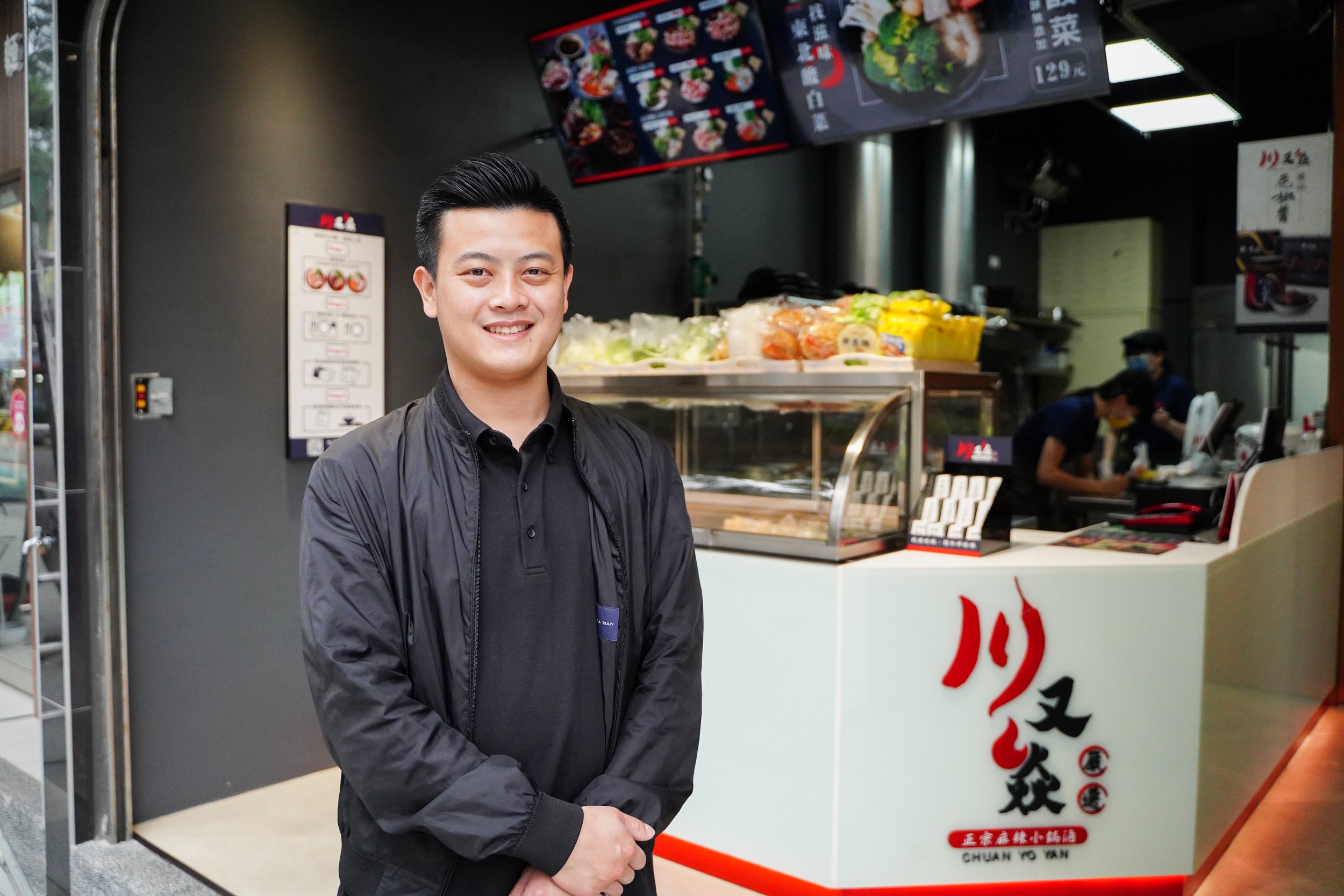Why You Should NOT do SFA Licence Application Yourself
You might not know where to begin
Most first-timers opening F&B businesses don’t know where to start – “When should I start applying for a licence?” is actually a pretty common question we receive.
The order of things to be done can be confusing because some SFA requirements are dependent on other items – for example, a signed tenancy agreement (required upon application) would mean you would have to first:
Successfully negotiate a lease with a landlord…
Which would be determined by the unit being leased’s suitability for your concept…
Which would depend on the condition, size and layout of the unit…
Which you would only be able to evaluate (in terms of compliance) if you were familiar with SFA’s criteria and jargon…
Which you would have to use to judge what renovations are required…
Which you would have to estimate the amount of time required for…
Which would indicate when you might be able to open your outlet…
Which would help you work out when you would need to start licence application so there will be sufficient time.
Confused yet?
Instead of plowing through line after line of technical terms and Googling, or wasting time on hold with SFA’s helpdesk, you could be working on your staffing policy or refining your menu – tasks that build a better business in the long run.
2. Renovation specifications can be tricky
Even before the renovation begins, you will need to confirm your layout. Did you know that SFA will judge your application for a Food Shop Licence based on your proposed layout? Without certain elements required by SFA to evaluate (which are not clearly spelt out in the self-checklist for licence application), they will not issue an In-Principal Approval.
Furthermore, you need to be able to direct your contractor/ ID and essentially convey instructions which you yourself may not be sure about. SFA’s instructions can be difficult to understand, especially if you are not familiar with the jargon. Are you aware of which materials should be used for flooring or walls, for instance? The last thing you want is for your renovation to be completed, only for the SFA inspector to inform you that the materials selected are unsuitable and that they would have to be replaced.
3. You might not know the difference between the 25 types of food retail outlets and the requirements for each one.
Yes, there are actually SFA Licences for 25 different food retail outlet types! The requirements for compliance vary depending on the type of outlet you are applying for. Certain types of outlets may not be applicable for some premises – for example, some commercial units are not allowed to operate as dine-in outlets.
4. You’re not sure which licences you are eligible for
First, there are the licences required for you to operate your business (for example, a liquor licence).
Then, there are the licences your company and unit are able to apply for. These are determined by a number of factors, from the allowable uses of the unit to the quota of licences in the district. The licences your unit is eligible for may or may not match those required for your business.
In some cases, the landlord or agent may assume that a Public Entertainment (PE) licence is applicable their unit, where in actual fact it is not allowed. It is best to have someone experienced to check and assess the unit for you before you commit to a lease.
5. You’re unsure if the unit you have shortlisted can get its licence approved
Sometimes all the stars align and you find a space in the right neighbourhood, for the right price, untenanted or about to be. You are so excited to make an offer but hesitate. Can you really be sure that this space has everything needed to open your business as you visualise it? Will there be pitfalls that lead to unexpected costs or worse, prevent you from opening? The last thing you want is to sign the tenancy agreement and later find out that you cannot use the unit as you plan to; then you would have to forfeit your deposit and start from scratch.
One of our clients had the unpleasant experience of taking their landlord’s word that the unit they rented was approved to operate as a restaurant and that there was a grease trap at the premises, going through their renovations and SFA application only to discover that not only was there no grease trap – the unit was disallowed as a restaurant! With so much sunken cost and time spent, they could not afford to abandon the project. That was when they called iCHEF.
It’s a common misconception that if the unit was previously another F&B outlet, then it is “safe”. That’s not necessarily true – we have met F&B operators who believed this and later found out that the previous tenant did not install the exhaust properly and had to redo the entire exhaust system, which is very expensive. Without overhauling the exhaust system, they would not be able to get their SFA licence and Fire Safety Certificate. Taking over an F&B unit does not mean the unit has everything it takes to get the licence; some older units may have passed their SFA inspection decades ago and the regulations have changed.
Why you should not let your accountant (or your friend) handle your SFA licence application either:
Your accountant/ corporate secretary/ business consultant may be able to do the submission for you, but they do not do site visits, check layout plans or liaise with SFA if you run into any roadblocks. The submission itself does not require special expertise, but if you are trying to avoid any delays and additional costs, having an experienced specialist’s advice makes all the difference.
To explore iCHEF’s licence application services and advisory, visit our website.
We would love to help make your dream a reality.



































